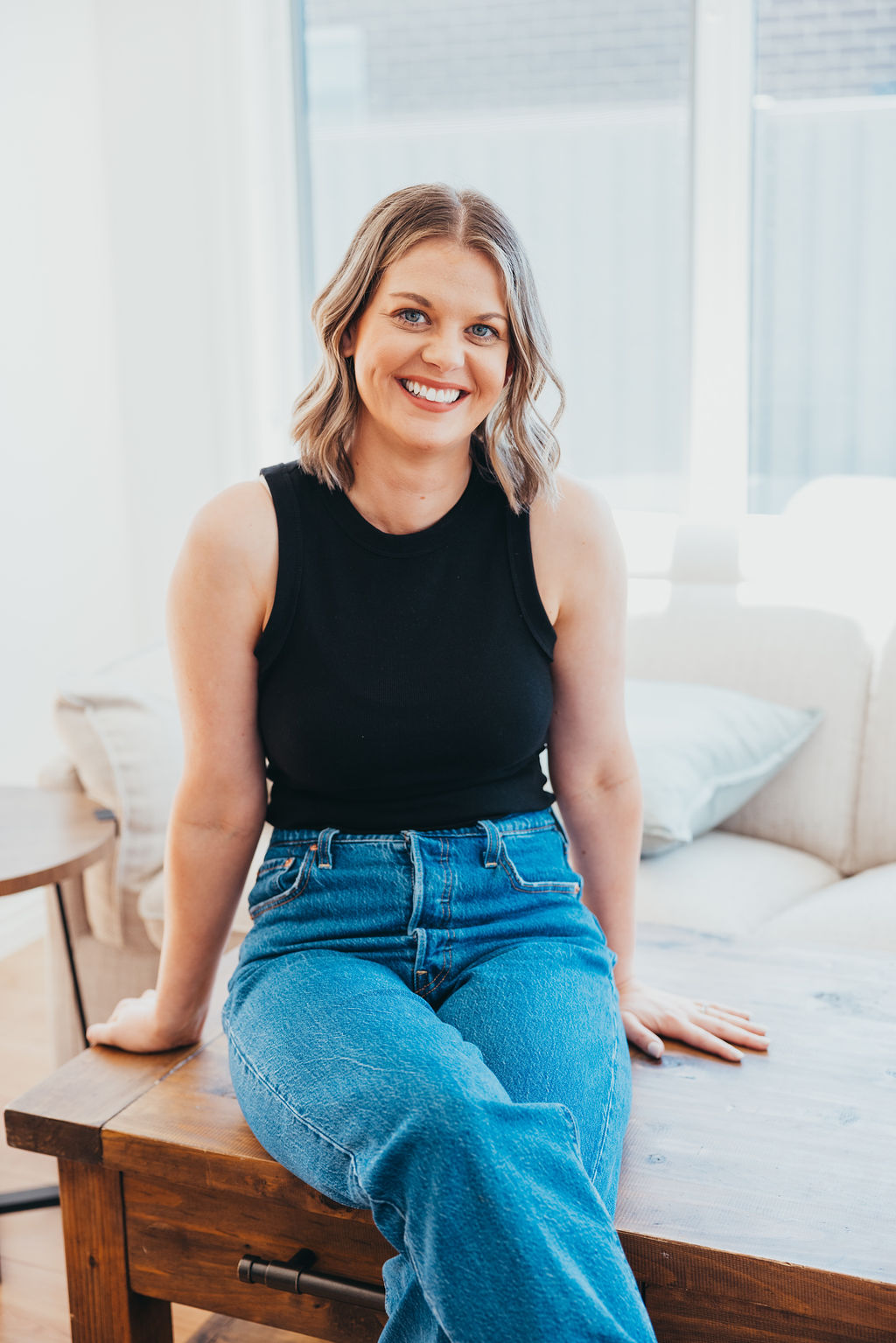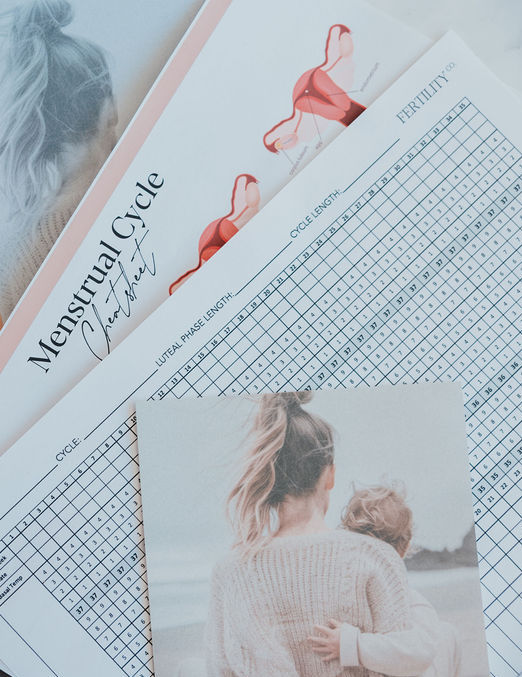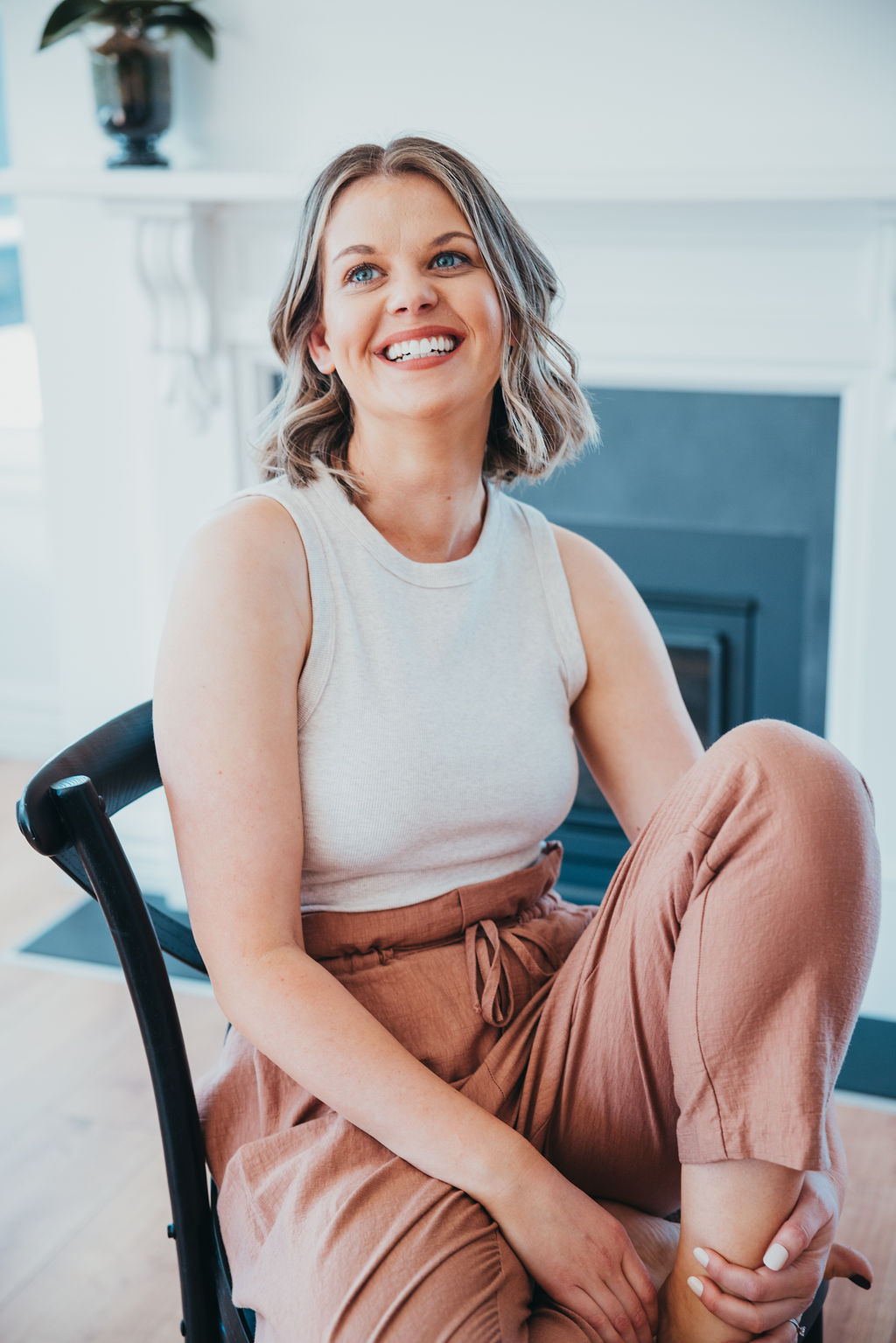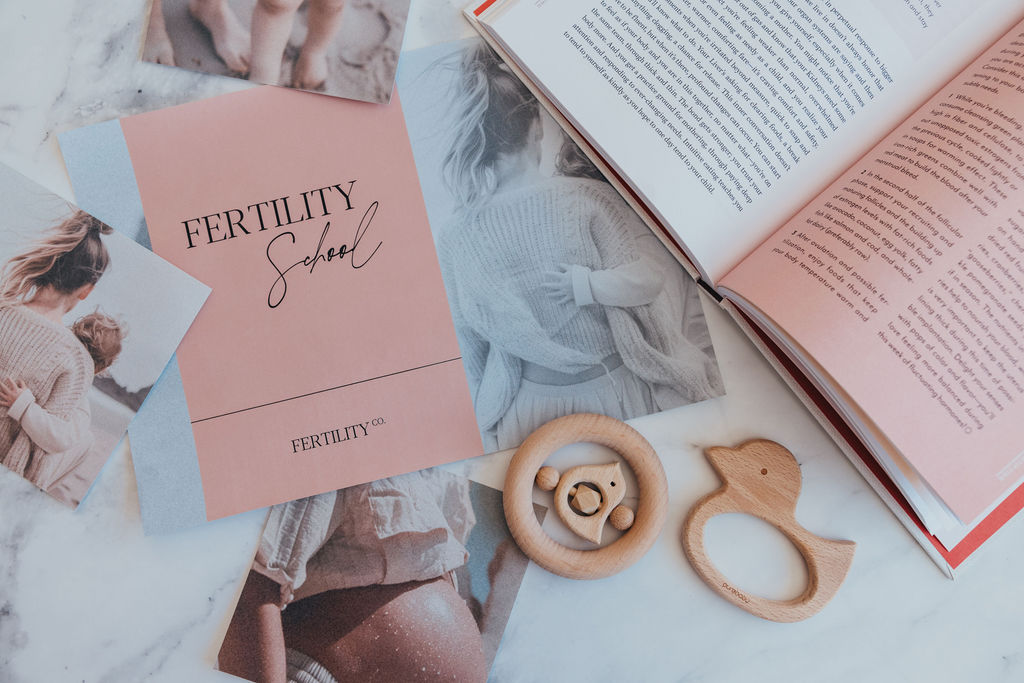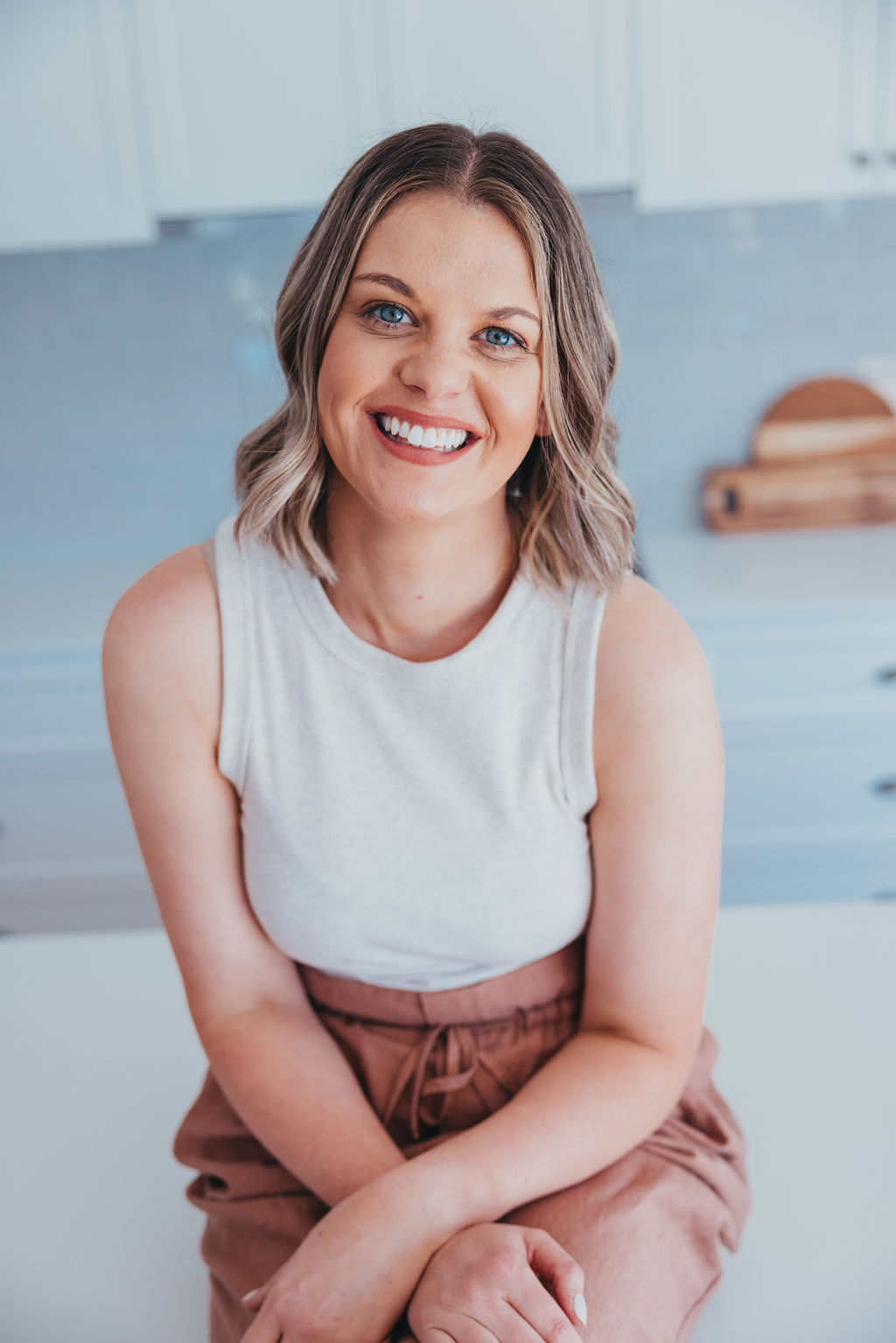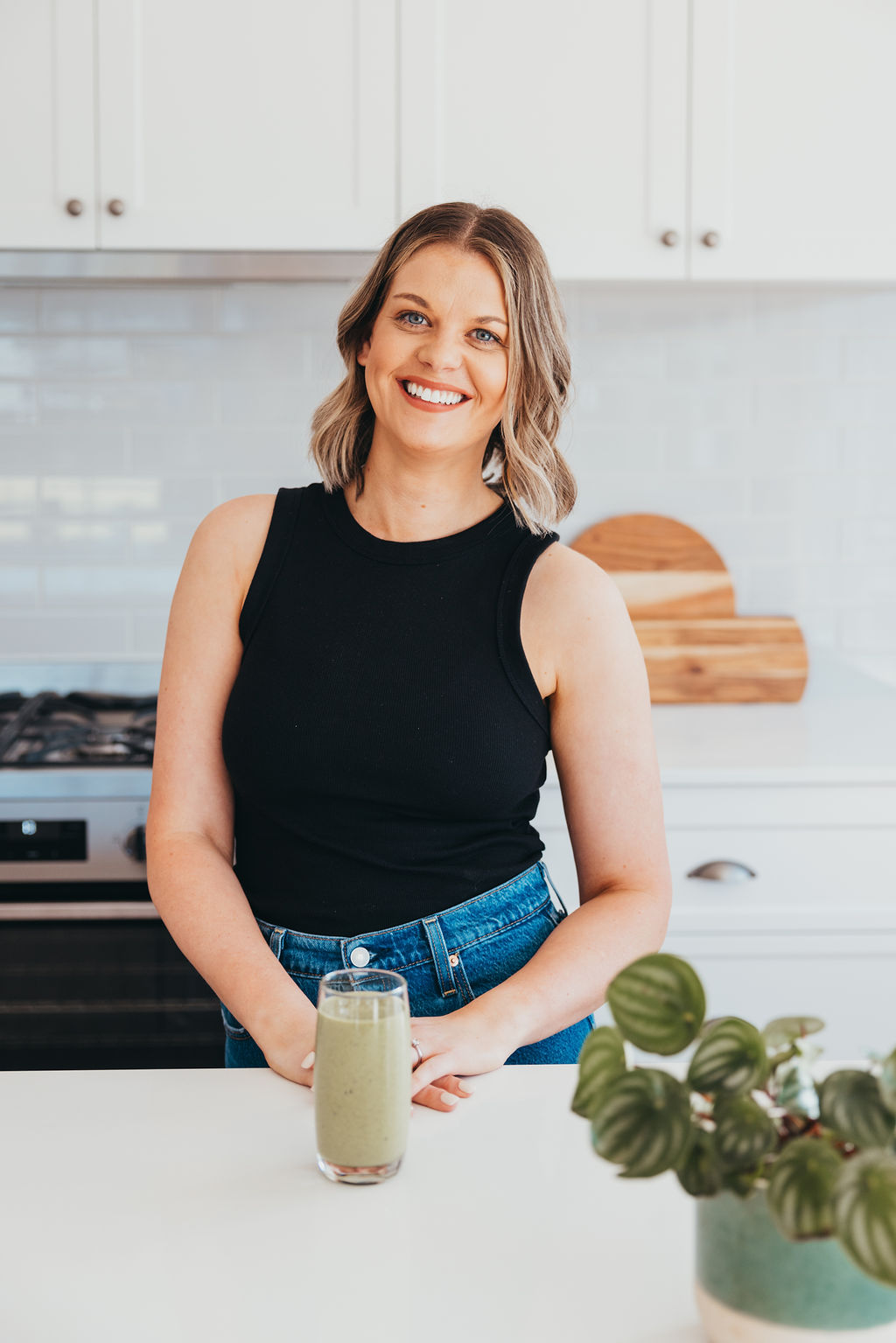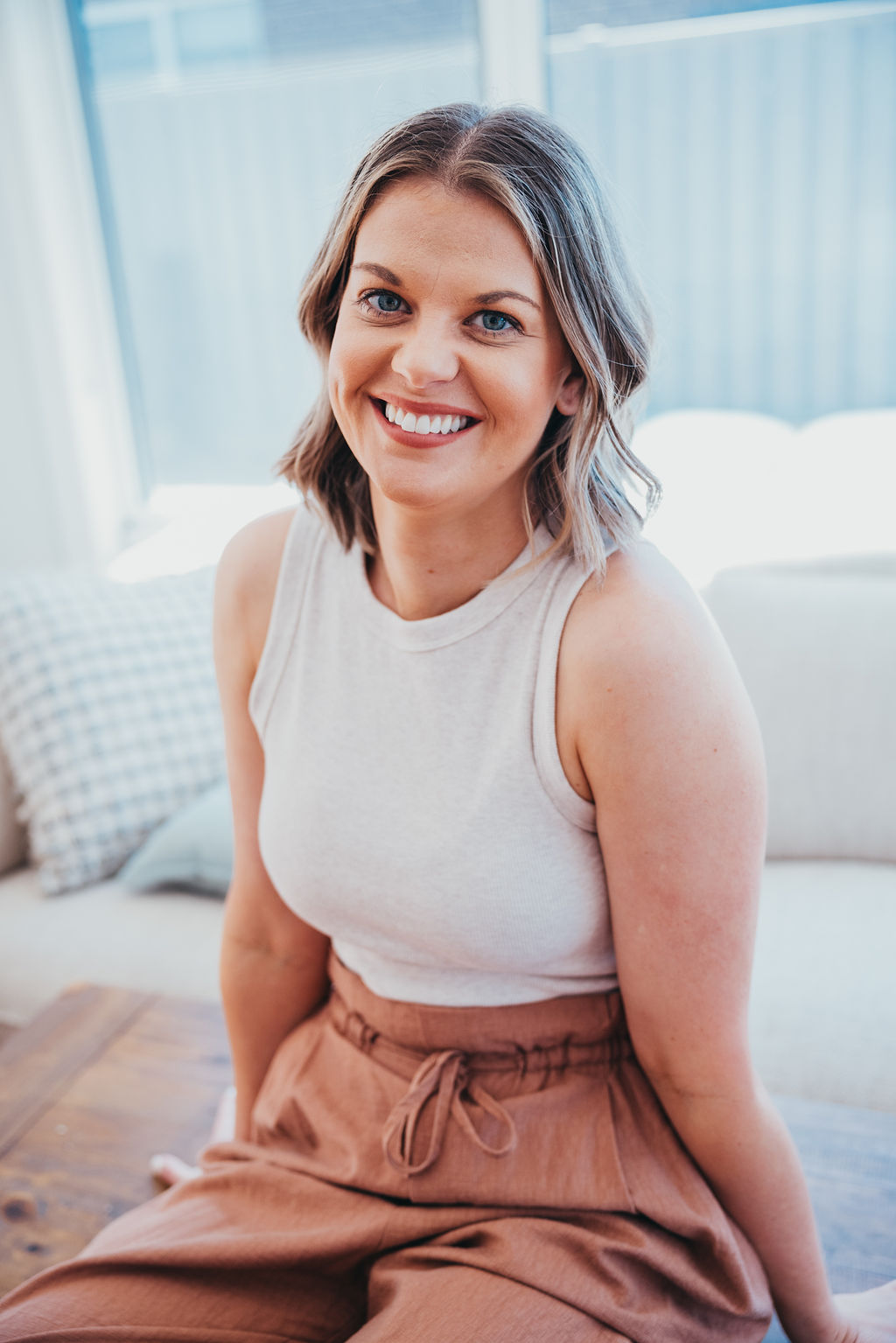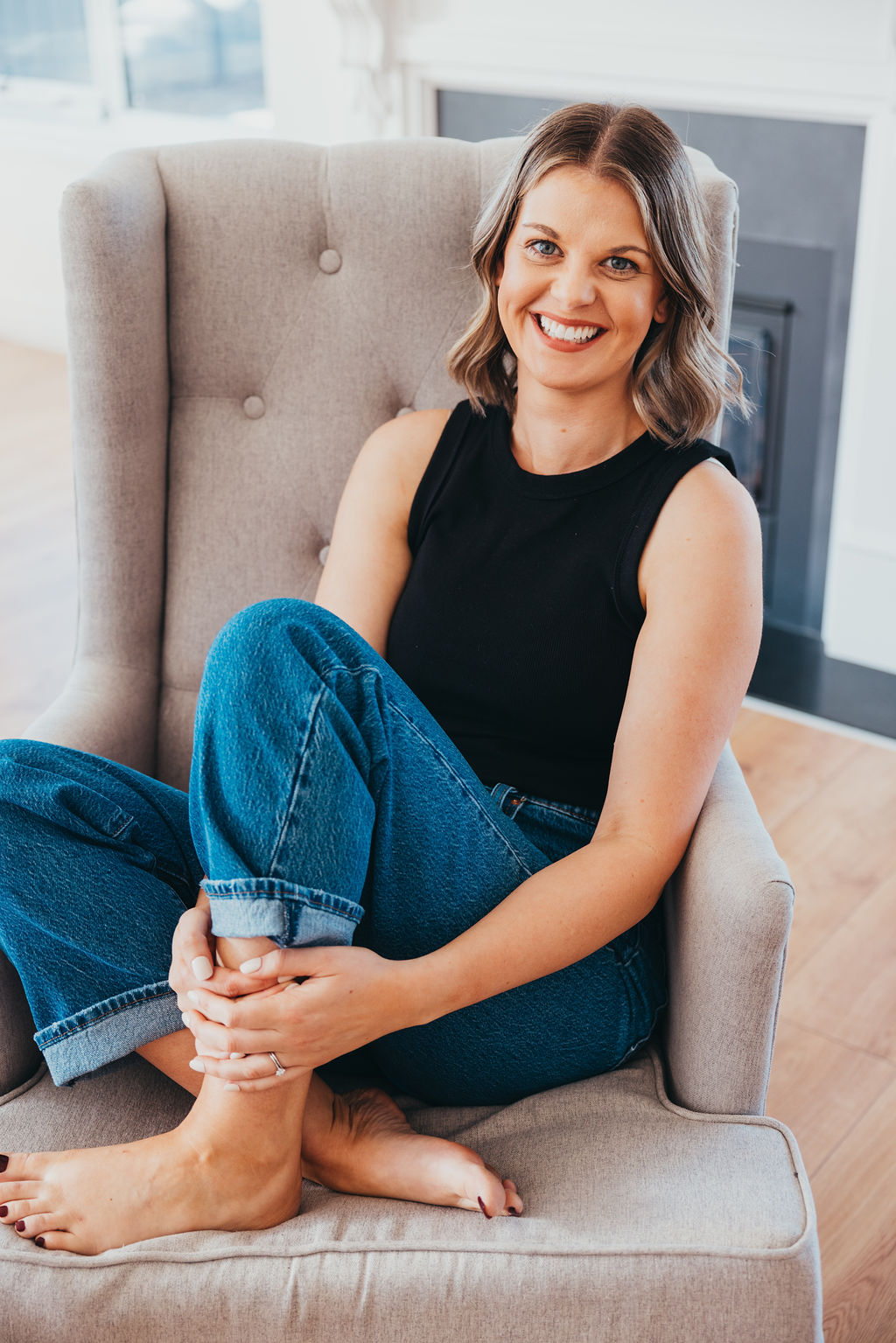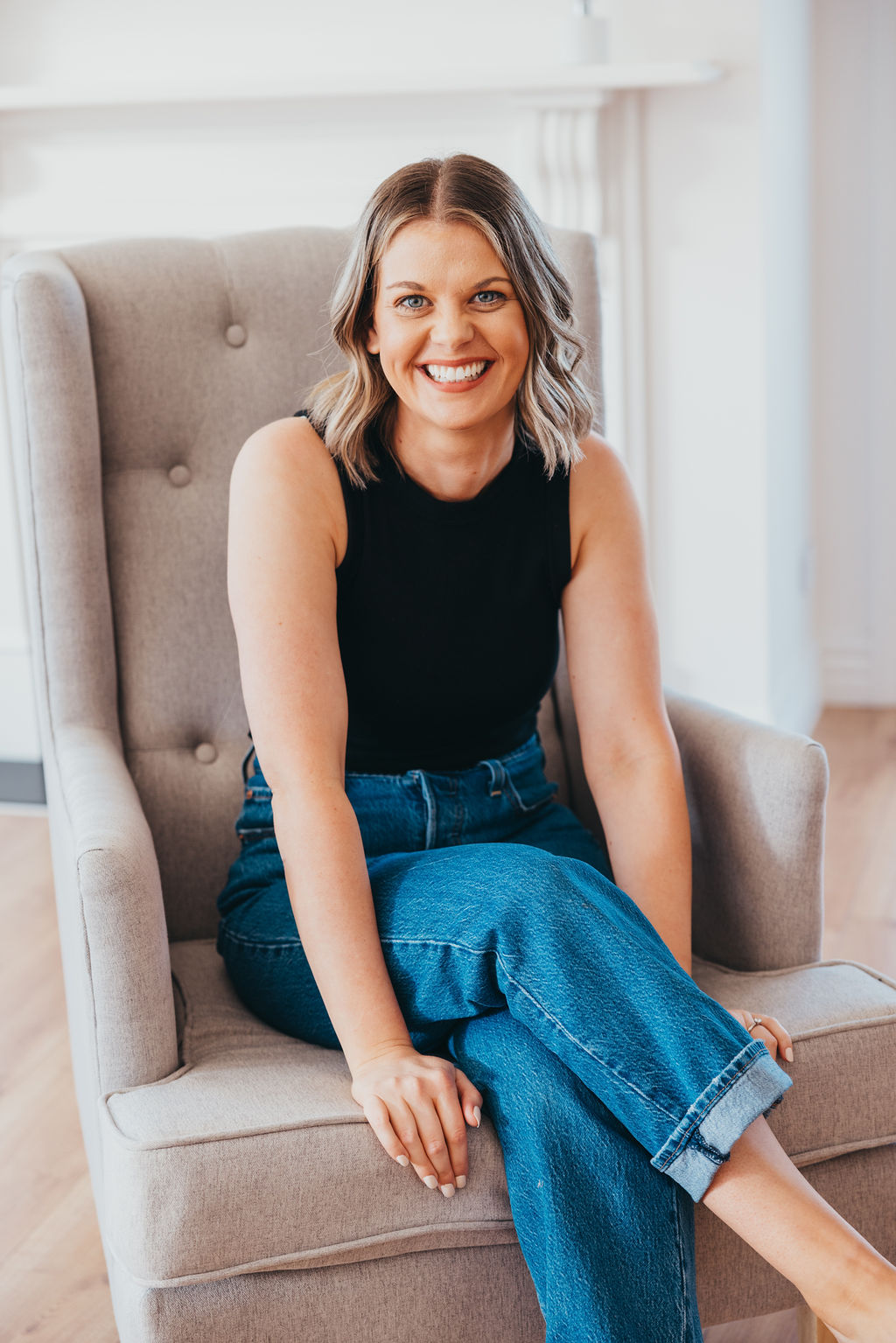Periods
Browse all posts in:
enrol now
Want to Know Exactly When You're Ovulating?
Maximise your chances of pregnancy by confidently pinpointing your fertile window - even if your cycles are irregular or unpredictable.
Maximise your chances of pregnancy with absolute and unshakeable confidence that you've got your timing perfectly right.
FREE MINI-COURSE
© Fertility co. 2024. All rights reserved. | Legal | Design by TONIC
→
@FERTILITYCO

